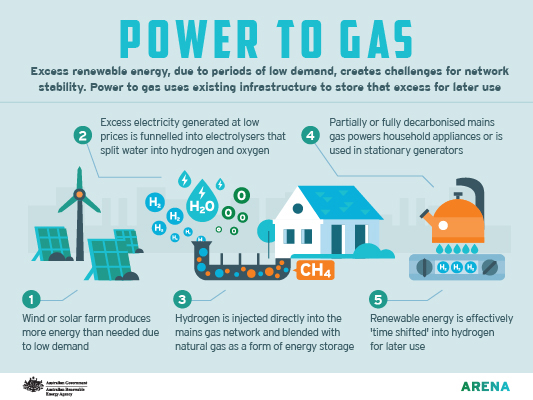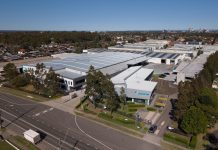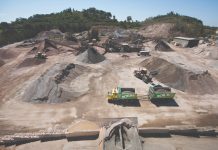
Wollongong-based company AquaHydrex is developing an innovative device that could see excess renewable energy stored in the existing gas grid and used to decarbonise Australia’s gas supply.
The project – which received $5 million in funding from ARENA – will see AquaHydrex design and build an electrolyser pilot plant that produces cheap hydrogen from splitting water to trial injecting a small amount of hydrogen into the South Australian gas grid in a process known as “power-to-gas”.
This process involves converting electricity into hydrogen by splitting water, then injecting this into the gas grid, providing long-term energy storage and stabilisation of variable output solar and wind power.
ARENA Chief Executive Ivor Frischknecht said the project could ultimately address key storage concerns that presently act as a limitation on how much renewable energy can be used.
“Hydrogen can be injected directly into the natural gas network without modification at levels of at least 10 per cent, with some experts recently suggesting levels closer to 30 per cent are viable to supplement our gas needs,” Mr Frischknecht explained.
“Depending on the material the gas pipeline is made out of, the network can support up to 100% hydrogen in due course, once appropriate regulatory transition and appliance modifications are implemented. When hydrogen burns, it produces only water vapour and no carbon dioxide.”
He said there was a ‘huge untapped potential’ in power-to-gas to convert surplus renewable energy to hydrogen and use the country’s existing gas network infrastructure for long-term, safe, reliable energy storage.
“In the future, there will be increasing amounts of surplus renewable energy when it is sunny or windy,” Mr Frischknecht pointed out.
AquaHydrex Managing Director Paul Barrett said the funding would allow the company to bring this innovation closer to producing cheap hydrogen at commercial scale.
“Hydrogen is an outstanding energy carrier, and has the potential to connect the electricity and natural gas grids, significantly increasing the storage capacity available for renewable electricity and helping decarbonise the natural gas grid,” Mr Barrett said.
“This renewable hydrogen also opens up the possibility to exporting renewable energy – which Australia, with its vast renewable resources, is well positioned to exploit.”


















